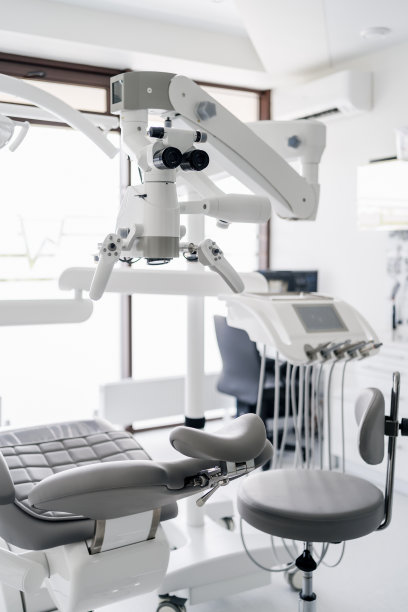The Essential Guide to Extract a Tooth Safely and Effectively at Your Dentists Office
Summary: Tooth extraction is a common dental procedure that, when performed correctly, can alleviate pain and prevent further dental issues. This essential guide outlines the critical steps involved in safely and effectively extracting a tooth at your dentists office. It covers pre-operative considerations, the extraction process itself, post-operative care, and understanding potential complications. By equipping patients with this knowledge, they can approach their dental appointments with greater confidence, understanding what to expect and how to care for themselves afterward. This guide is invaluable for anyone facing a tooth extraction, ensuring a smooth and informed process.
1. Pre-Operative Considerations Before Tooth Extraction

Before undergoing a tooth extraction, it is vital to consult with your dentist to assess your overall dental health. A thorough examination will include X-rays to pinpoint the exact location of the problematic tooth and determine if the extraction is the best course of action. Additionally, the dentist will evaluate any underlying conditions that may affect the procedure, such as existing infection or gum disease.
Patients should also disclose their complete medical history to the dentist, including any medications they are currently taking. Certain medications, such as blood thinners, can increase the risk of complications during and after the procedure. By providing full disclosure, you ensure that your dentist can tailor the extraction to your specific needs and minimize risks.
Understanding what to expect on the day of the extraction can greatly alleviate anxiety. Your dentist will explain the entire process and answer any questions you may have, ensuring that you are fully informed and prepared for the procedure.
2. The Tooth Extraction Process Explained
The tooth extraction process typically begins with the administration of anesthesia, which is essential for ensuring patient comfort during the procedure. Your dentist may use local anesthesia to numb the area surrounding the tooth or sedation if you feel particularly anxious. This step is crucial in making the procedure as painless as possible.
Once the area is numb, the dentist will proceed with the extraction. For a simple extraction, the dentist will gently loosen the tooth with tools designed for this purpose and then remove it through a straightforward process. In cases where the tooth is impacted or has complex roots, a surgical extraction may be necessary, involving incisions to facilitate removal.
Throughout the procedure, its important for patients to communicate with their dentist, especially if they experience any discomfort. Dentists are trained to observe signs of pain and can promptly adjust their approach or provide additional anesthesia if needed.
3. Post-Operative Care for a Smooth Recovery
After the tooth extraction, following post-operative care instructions is critical for a fast and uncomplicated recovery. Patients are generally advised to bite down on a gauze pad for a specified period to control bleeding. If bleeding continues beyond a few hours, it’s important to contact your dentist for advice.
Managing pain and swelling is also essential. Dentists may recommend over-the-counter pain relievers or prescribe medication to help alleviate discomfort. Ice packs applied to the outside of the cheek can minimize swelling and reduce pain in the first 24 hours following the extraction.
Additionally, adhering to dietary restrictions is vital for recovery. Soft foods and liquids are typically recommended in the initial days post-extraction, as harder foods may aggravate the extraction site and delay healing. Your dentist will provide specific guidelines tailored to your situation.
4. Potential Complications and When to Seek Help
While tooth extractions are generally safe, some potential complications can arise, necessitating prompt medical attention. Common issues include excessive bleeding, severe pain that doesn’t subside with medication, and signs of infection such as fever or discharge from the extraction site. Being vigilant for these symptoms helps ensure any complications are addressed quickly.
Dry socket is another potential complication, occurring when the blood clot at the extraction site becomes dislodged before healing is complete. Patients experiencing dry socket may notice a significant increase in pain days after the extraction, and seeking care from a dentist is crucial for treatment.
Patients should never hesitate to reach out to their dentist if they have concerns post-procedure. Open communication with your dentist helps in managing any complications effectively and reassures you throughout the recovery process.
Summary: Understanding the essential aspects of tooth extraction can ease the anxiety of undergoing this procedure. From pre-operative assessments to post-operative care and recognizing potential complications, this guide offers valuable insights into ensuring a safe and effective extraction at your dentist’s office. By taking the time to understand the process, patients can approach tooth extraction with confidence, knowing they are prepared for every step along the way.
This article is compiled by Vickong Dental and the content is for reference only.


